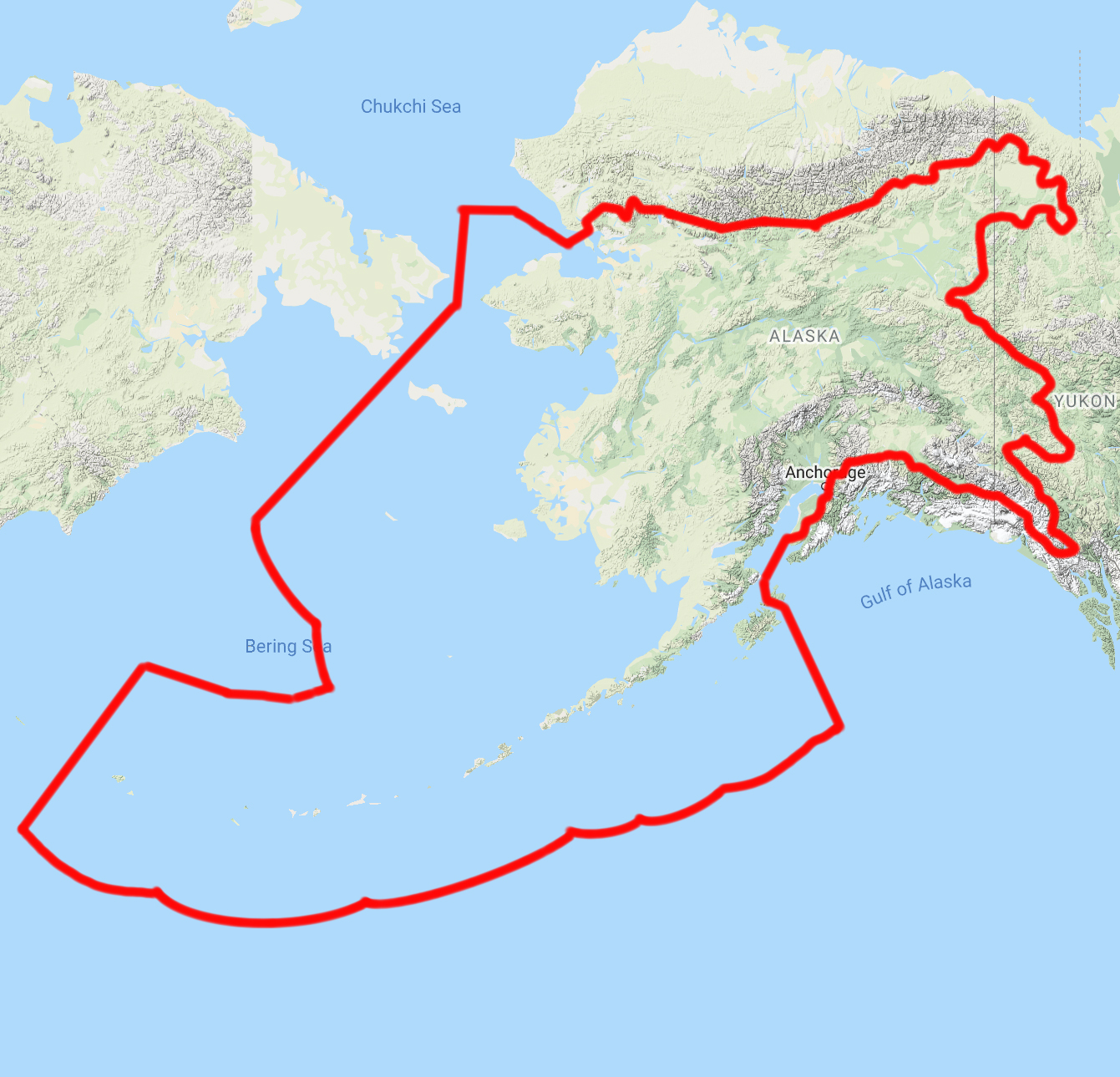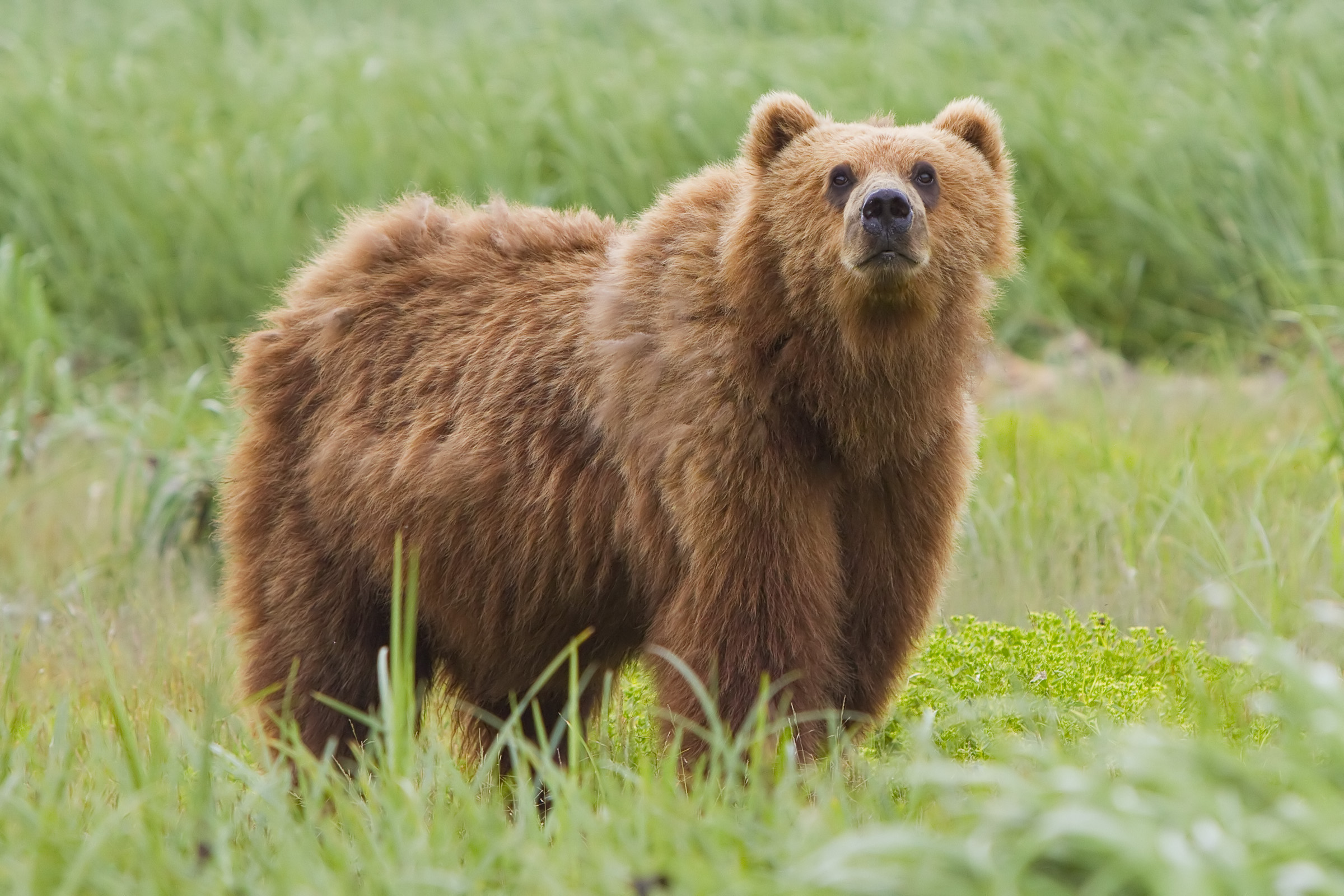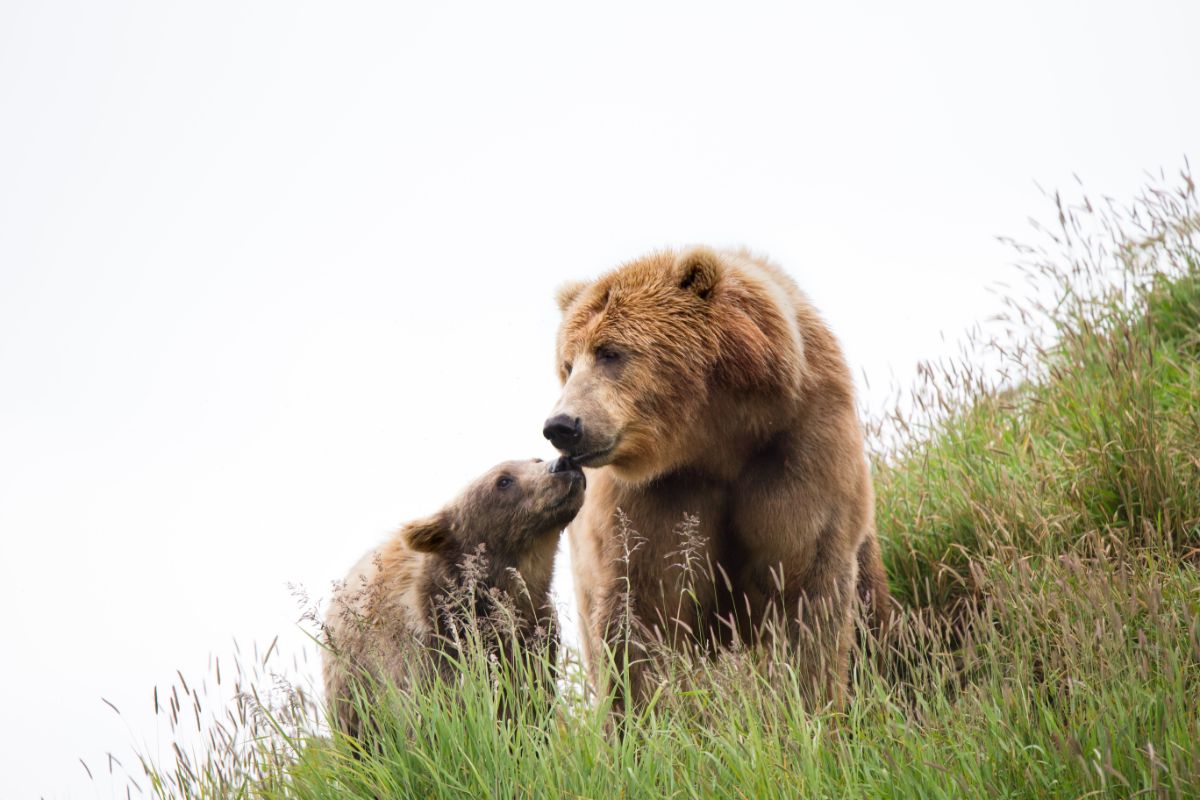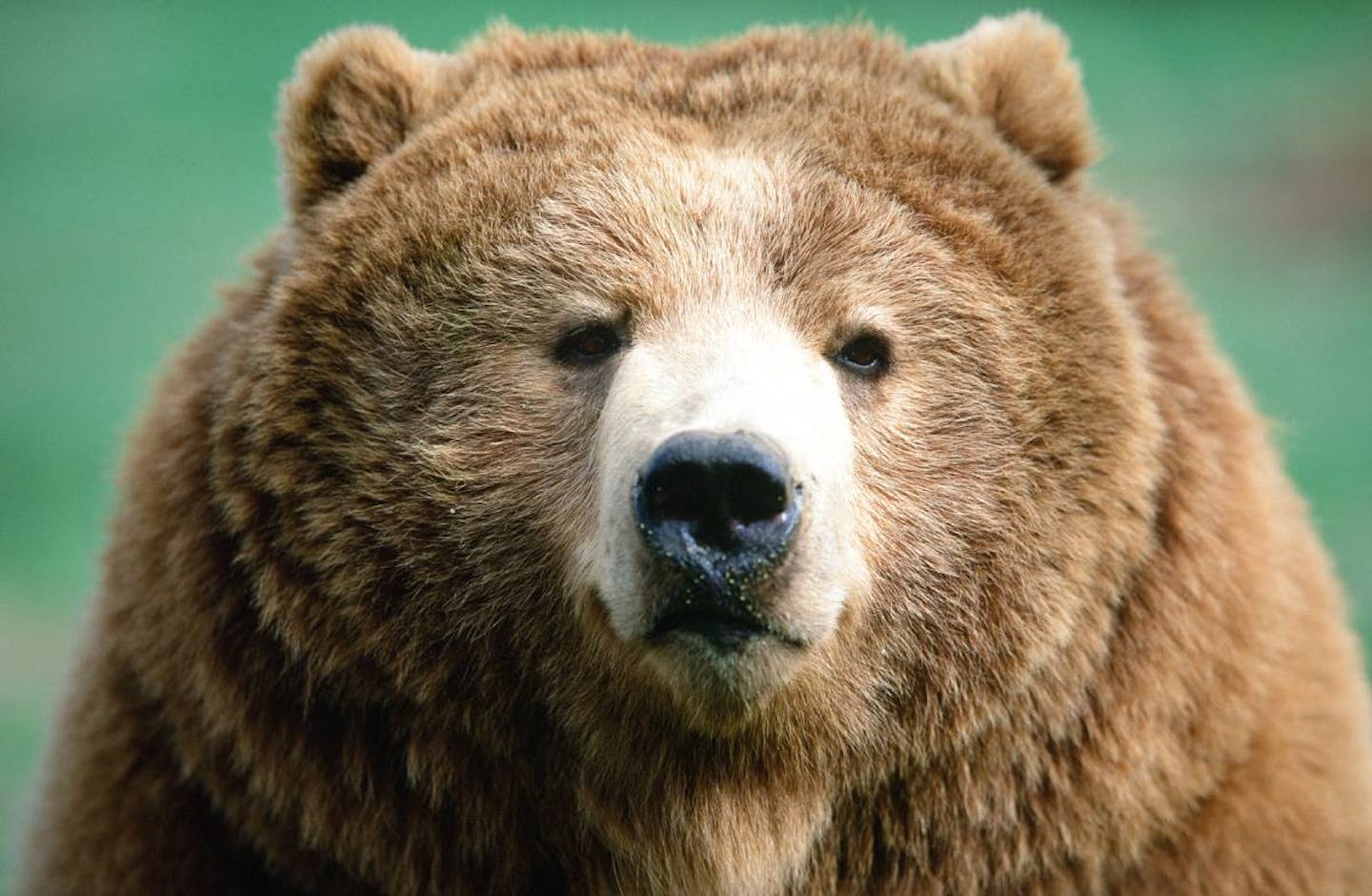How Kodiak brown bears keep the Alaskan islands healthy
One Earth’s “Species of the Week” series highlights the flagship species of each of the 844 unique ecoregions contained within Earth’s bioregions.
Across the rugged and scenic coastline of the Kodiak Archipelago in southwest Alaska lives one of the two largest bear species. The Kodiak bear (Ursus arctos middendorffi), or Alaskan brown bear, keeps its surrounding habitat and streams pristine by dispersing seeds and spreading nitrogen into the water.

Kodiak brown bears are the flagship species of the Alaska Peninsula Montane Taiga ecoregion, located in the Greater Alaska Taiga & Tundra bioregion (NA4).
The largest of the brown bears
While many stat sheets will list the polar bear as the largest bear in the world, many Kodiak bears surpass their northern cousins in size. Adult males can stand over three meters (10 ft) tall on their hind legs, 1.5 meters (5 ft) when on all four legs, and weigh up to 680 kilograms (1,500 lbs). Generally, females are about 20% smaller and 30% lighter than males.
Despite being much larger, Kodiak bears are similar to mainland grizzly bears (Ursus arctos horribilis) in color, diet, and lifestyle. Typically, they have light to dark brown coats but can occasionally sport blonde or orange fur.

An ecosystem engineer’s diet
Active during the day, Kodiak bears forage for food. Often primarily cast as carnivorous hunters in pop culture, these bears rarely prey on the area's abundant deer and mountain goats. Instead, they eat a wide variety of vegetation and salmon when it is in season.
Pacific salmon migrate to the Kodiak Islands from May through September, and Kodiak bears consume the five species that spawn in the local rivers and lakes. In the late summer, the bears eat several types of berries and seaweed washed onto shore.
As they rummage through the forest and beach, Kodiak bears disperse fertilized berry and plant seeds in their droppings. Their feces also contain marine-derived nitrogen from the salmon, which through the ground reenters the streams and helps aquatic plants flourish.
When Kodiak bears do crave meat, it is often overpopulated mammals and invertebrates they feast on, helping maintain a healthy ecosystem balance. Therefore, every part of their diet makes the bears ‘ecosystem engineers’ with the capability to heavily modify their environment.

Kodiak community
Kodiak bears are mostly solitary animals, but when food is concentrated in small areas, such as along salmon streams, berry patches, or whales washed to shore, they can be seen in large, amicable groups. Unlike other species, Kodiaks bears have small and overlapping territories because food is so bountiful in the archipelago.
Mating season for Kodiak bears is during May and June, with partners spending time together from two days to two weeks. Once an egg is fertilized, it enters a state of suspension until autumn, when the females begin to den.
Denning mysteries
Pregnant sows are the first to go into their dens beginning in October, with males entering theirs in early winter or sometimes not at all. In April, males will emerge, while mothers and their new cubs might stay in as late as June.
Researchers at NASA and medical professionals are very intrigued by Kodiak bears' denning behaviors and physiology. Understanding how the bears can sleep for up to eight months without eating, drinking, urinating, or defecating, with little loss of bone mass or muscle, can help astronauts during extended space flights or bedridden patients.
Cultural significance
Kodiak Natives, the Alutiiqs People, have a long cultural history with the bears, similar to the relationship between the Great Plains Indigenous communities and bison. Know as the Taquka’aq, Kodiak bears provide meat for food, hides for clothing and bedding, and teeth and bones for tools and jewelry. Traditional folklore revolved around the bears' proximity to the spirit world.
Today, Kodiak bears and their habitat are protected. Concern over their population prompted sportspeople and environmentalists alike to petition the Federal government to help the species in 1941. Kodiak National Wildlife Refuge was created, demonstrating how conservation efforts, once established, can defend magnificent species for generations to come.
Interested in learning more about the species and bioregions of Subarctic America? Use One Earth's interactive Navigator to explore bioregions around the world.
Launch Bioregion Navigator


